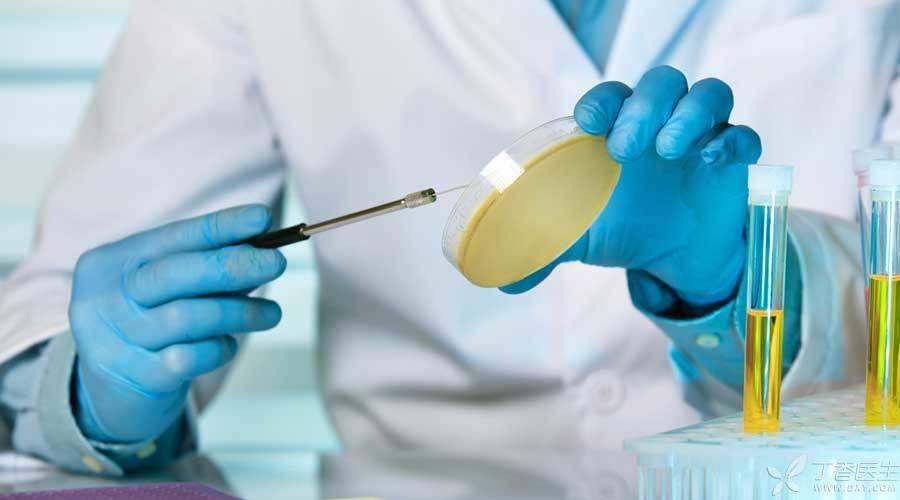
Almost every outpatient service, there are patients holding urine test form, look anxiously said:
Doctor, I have a lot of bacteria in my urine, is it urinary tract infection? What do we do?
Don’t panic yet
It is normal to have such a reaction-in people’s imagination, bacteria are synonymous with infection.
However, in urine examination, the more common occurrence of bacteria is: urine specimen contamination!
Bacteria are found almost everywhere in our living environment, including urine cups and catheters for urine examination. Some parts of the human body, such as the digestive tract, are also ideal places for bacteria to grow.
The number of intestinal bacteria in the human body can reach 10 times of the total number of cells in the human body, weighing 3 kg.
Similarly, it is reasonable that there are some bacteria in and around the urethra.
Therefore, if only bacteria are detected in routine urine examination, don’t panic first. Doctors need to combine other clues to further judge.
Diagnosis of Urinary Tract Infection
The most important clue is clinical symptoms.
If urinary tract infection does occur, patients usually have:
- Frequent urination (urination is more than 8 times a day under normal drinking water conditions) Urination is urgent (urination is required immediately once there is urination intention) Urination pain (stabbing pain or burning sensation of urethra)
The above three are collectively called [bladder irritation sign], which indicates that the location of urinary tract infection is relatively low, and the bladder or urethra at the more terminal is considered to be infected. However, if discomfort such as fever and lumbago occur at the same time, the location of urinary tract infection may be relatively high, and whether kidney problems, such as pyelonephritis, occur should be considered.
Due to the characteristics of urethral anatomy, women are more likely to suffer from urinary tract infection than men. About half of the women have had a history of urinary tract infection in their lifetime, while the incidence rate of pregnant women is higher. Therefore, when women appear bladder irritation sign, the indication of bacteria in urine routine is of great significance.
If you have symptoms, remember to see a doctor in time to determine the cause.

Two special cases
Not all urinary tract infections will have bladder irritation signs. When there are a large number of bacteria in the patient’s urine routine and there are no clinical symptoms, we need to refer to another important item in the urine routine-leukocytes.
White blood cells are inflammatory cells. [Inflammation] is two fires, and white blood cells are just like firefighters in the human body. When infection occurs, they will quickly rush to the scene to put out the fire. The appearance of white blood cells in urine routine indicates that we need to be on guard against inflammation caused by urinary tract infection.
At this time, doctors often advise patients to do an examination: clean the middle urine culture.
According to the order of urination, a urination can be divided into front, middle and back sections. The middle section of urination is the fastest and smoother part in the urination process, and the possibility of contamination is also the smallest.
For asymptomatic patients, urinary tract infection is diagnosed if the colony count of two consecutive mid-course urine cultures is ≥ 100,000/ml (or Gram-positive bacteria (a certain type of bacteria) ≥ 1,000/ml), and the strains cultured twice are the same.
For patients with symptomatic urinary tract infections, Antibiotic treatment is generally required. However, whether asymptomatic people need treatment is still controversial. It is generally believed that pregnant, preschool children, patients with complicated conditions such as symptoms or urinary tract obstruction need to choose appropriate antibiotic treatment. The specific plan will be determined by doctors in combination with other examination results.
To sum up
All right, finally, to sum up, when we see bacteria exceeding the standard in routine urine examination:
1. Don’t panic, in most cases, it may just be pollution.
2. If there are urinary tract symptoms or positive urine leukocytes at the same time, it is necessary to further improve the clean middle urine culture.
3. Asymptomatic and non-infectious bacterial urine shall be judged by the doctor as to whether treatment is needed.
4. Women are more prone to urinary tract infection and will be more cautious in clinical judgment.
